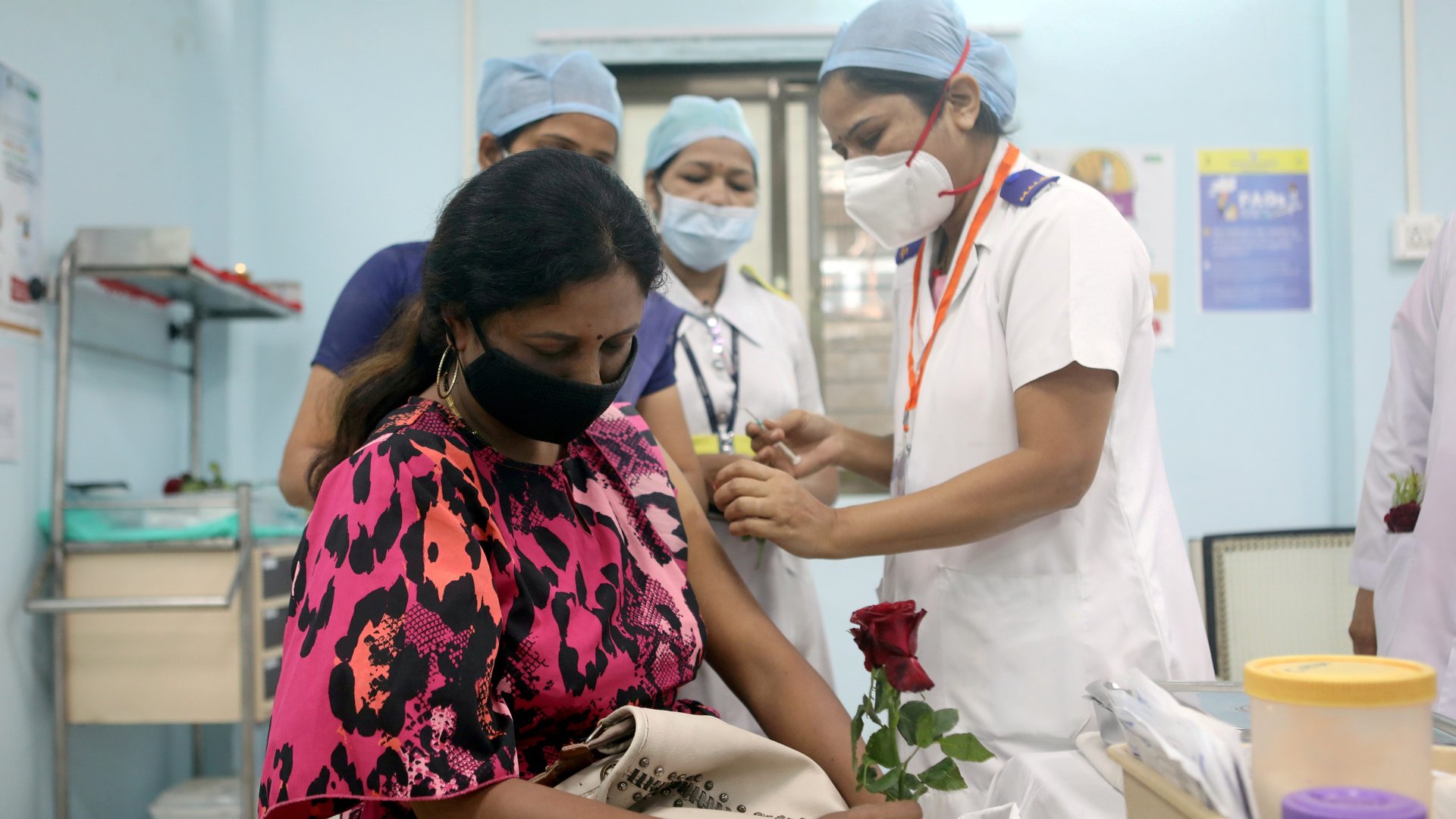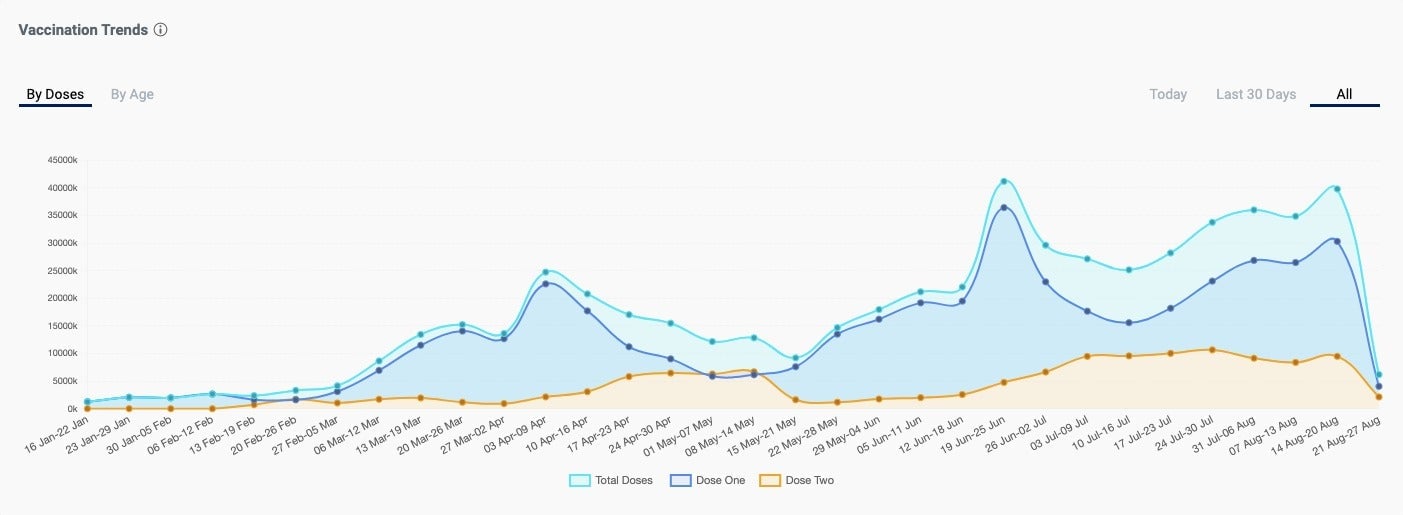The hits and misses of India’s Covid-19 vaccination programme
India’s Covid-19 vaccination program is slowly gathering pace.


India’s Covid-19 vaccination program is slowly gathering pace.
As of today (Aug. 23), the country has administered over 581 million shots, covering over 451 million people with at least one dose of the Covid-19 vaccine. This amounts to nearly 23% of India’s population. The total number of doses administered has been significantly higher in the past couple of months compared to the months between January and June, though the pace took a dip yesterday (Aug. 22), possibly due to Rakhi, a Hindu festival.

A large part of the recent surge is likely because of a lag in vaccine supplies and the Narendra Modi government’s changing vaccine procurement policy. The government had first announced that it would only buy 50% of the vaccines available, leaving the states to buy 25% and the remaining 25% for private hospitals to procure directly from manufacturers. On June 21, this policy was changed and the central government announced that it would buy 75% of the vaccines and supply it to the states.
While it remains to be seen if India will be able to sustain this pace, some states have so far vaccinated large proportions of their populations.
Covid-19 vaccinations in Indian states
Uttar Pradesh, among the largest states in India, has administered the highest number of vaccine doses yet. But while it may be leading the pack in absolute doses, it has among the lowest percentage of vaccinations for its large population. Among large Indian states, Gujarat, Karnataka, and Rajasthan are among the top states in terms of vaccine coverage relative to their respective populations.
Gender-wise vaccination data
India has administered vaccine doses to over 305 million males and nearly 273 million females. That amounts to about 895 women vaccinated for every 1,000 men. This is lower than India’s overall sex ratio at birth, which is 924 females for every 1,000 males.
In states like Uttar Pradesh, this ratio drops to an abysmal 790 women for 1,000 males. In Delhi, despite relatively high vaccine coverage for its population, this ratio drops further to 735 females for every 1,000 males.
The outliers among these data are states like Kerala and Andhra Pradesh, where more women have been vaccinated than men.